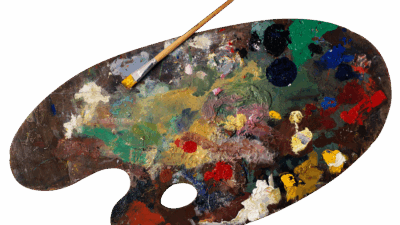In a world dominated by online shopping and instant gratification, we often give little thought to the intricate processes that bring our favorite merchandise to our doorsteps. From the moment a product is conceived to the time it arrives in our hands, there’s a complex system of design, production, and distribution that operates tirelessly behind the scenes. This article takes you on a journey through the lifecycle of your favorite merchandise, unveiling the steps that transform an idea into a tangible product.
Concept and Design
Every great product begins with a spark of inspiration. Brands spend considerable time researching consumer trends, gathering feedback, and brainstorming innovative ideas. Designers sketch concepts, choosing materials, colors, and functionalities that will resonate with their targeted audiences. The design phase often includes creating prototypes—initial models that allow teams to evaluate a product’s practicality and aesthetics. This iterative process can involve numerous revisions, as teams must balance creativity with the constraints of cost, manufacturability, and consumer preferences.
Sourcing and Production
Once a design is finalized, the focus shifts to sourcing the materials required for production. This phase often entails finding reliable suppliers who can provide quality materials at a competitive price. Companies may choose to work with local or international manufacturers depending on factors like cost efficiency, ethical labor practices, and sustainability goals.
The production phase is where everything comes together. Factories—whether they are large-scale operations or niche artisanal workshops—assemble the components into finished products. This process can range from completely automated systems to meticulous handcrafting, depending on the type of merchandise and the scale of production. Quality control is paramount during this stage; products undergo rigorous testing to ensure they meet safety standards and fulfill consumer expectations.
Logistics and Distribution
Once the products are ready, they must be transported to retailers or directly to consumers. This stage involves complex logistics that can include warehousing, inventory management, and shipping. Companies must navigate supply chain challenges, such as delays or geopolitical factors, that might affect their production and delivery timelines.
With the rise of e-commerce, many brands have established distribution centers that allow for quicker shipping times. Advanced technology plays a crucial role here; tracking systems help monitor inventory levels, while data analytics enable companies to predict demand and streamline operations.
Marketing and Sales
Even with a product ready to go, the journey isn’t over. The next step is marketing. Effective branding and advertising strategies are vital in capturing consumer attention. Companies employ various channels—social media, influencer partnerships, and traditional advertising—to create buzz around their merchandise.
Sales strategies can vary significantly depending on the target market. Some brands lean heavily on exclusivity, offering limited edition items that create a sense of urgency. Others aim for accessibility, placing an emphasis on affordability and widespread availability. Understanding the consumer journey—from awareness to purchase—is essential for maximizing sales.
Consumer Experience
At long last, the merchandise reaches its final destination: you, the consumer. But the journey doesn’t end here. Brands are increasingly attentive to the post-purchase experience, focusing on customer service, return policies, and user feedback. Building a loyal customer base hinges on ensuring that consumers feel valued and heard.
Sustainability and Ethical Considerations
As consumer awareness grows, so too does the demand for sustainable and ethical merchandise. Brands are now more accountable for their supply chains, exploring eco-friendly materials and practices. The push for sustainability has led to innovations such as biodegradable packaging, fair-trade sourcing, and transparent supply chains, allowing consumers to make informed choices about the products they purchase.
Conclusion
The journey of your favorite merchandise is a testament to the collaboration of various professionals, from designers to logistics experts. Understanding this behind-the-scenes process can enhance your appreciation for the items you cherish. As consumers, we’re not just purchasing products; we’re partaking in a complex narrative woven from creativity, craftsmanship, and care. With each item brought to life, a shared story unfolds—one that reflects not just its maker but also the values and aspirations of the society in which it is created. So the next time you unbox a new purchase, take a moment to ponder the intricate journey that brought that item from concept to your doorstep.



